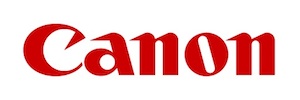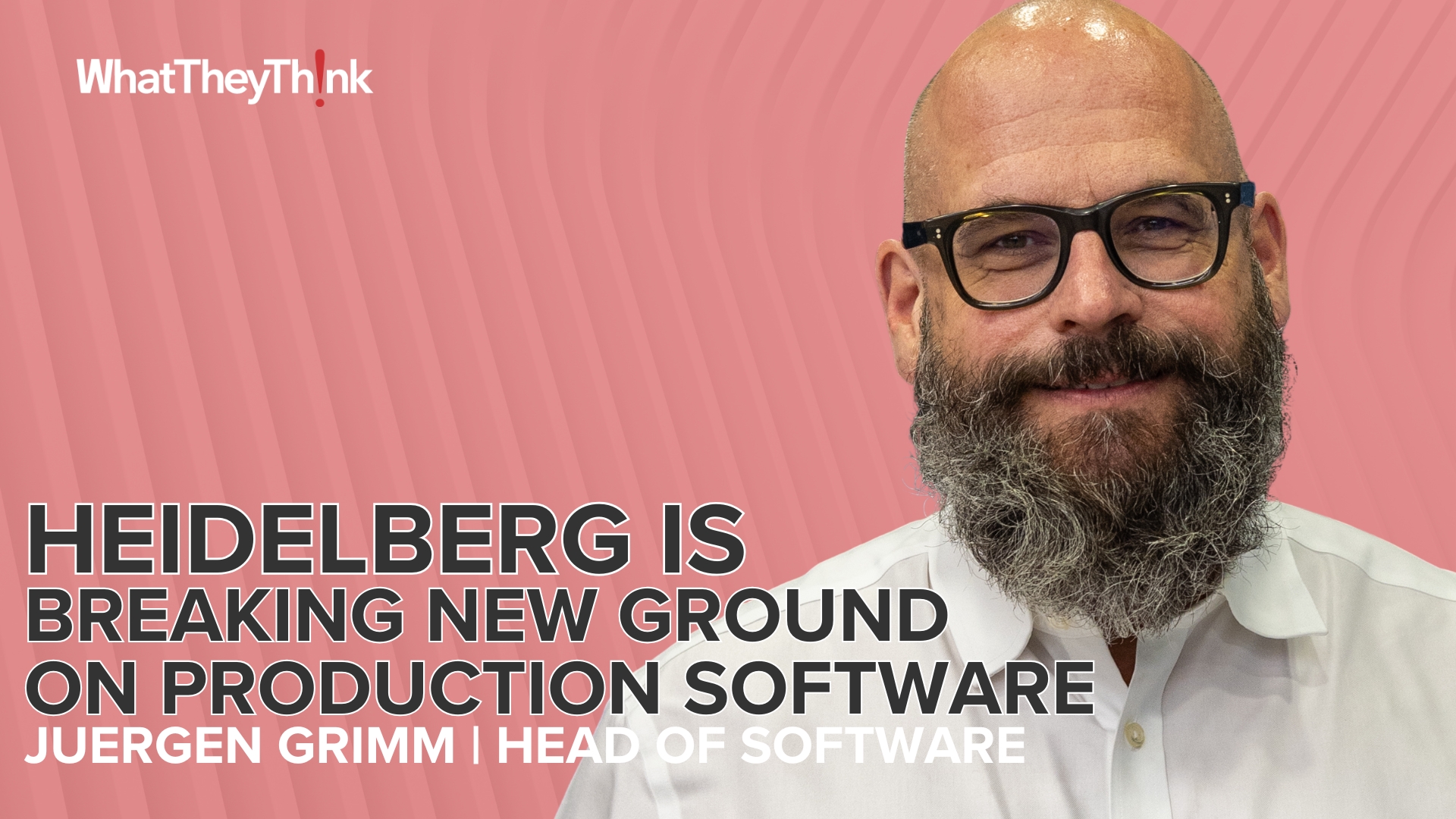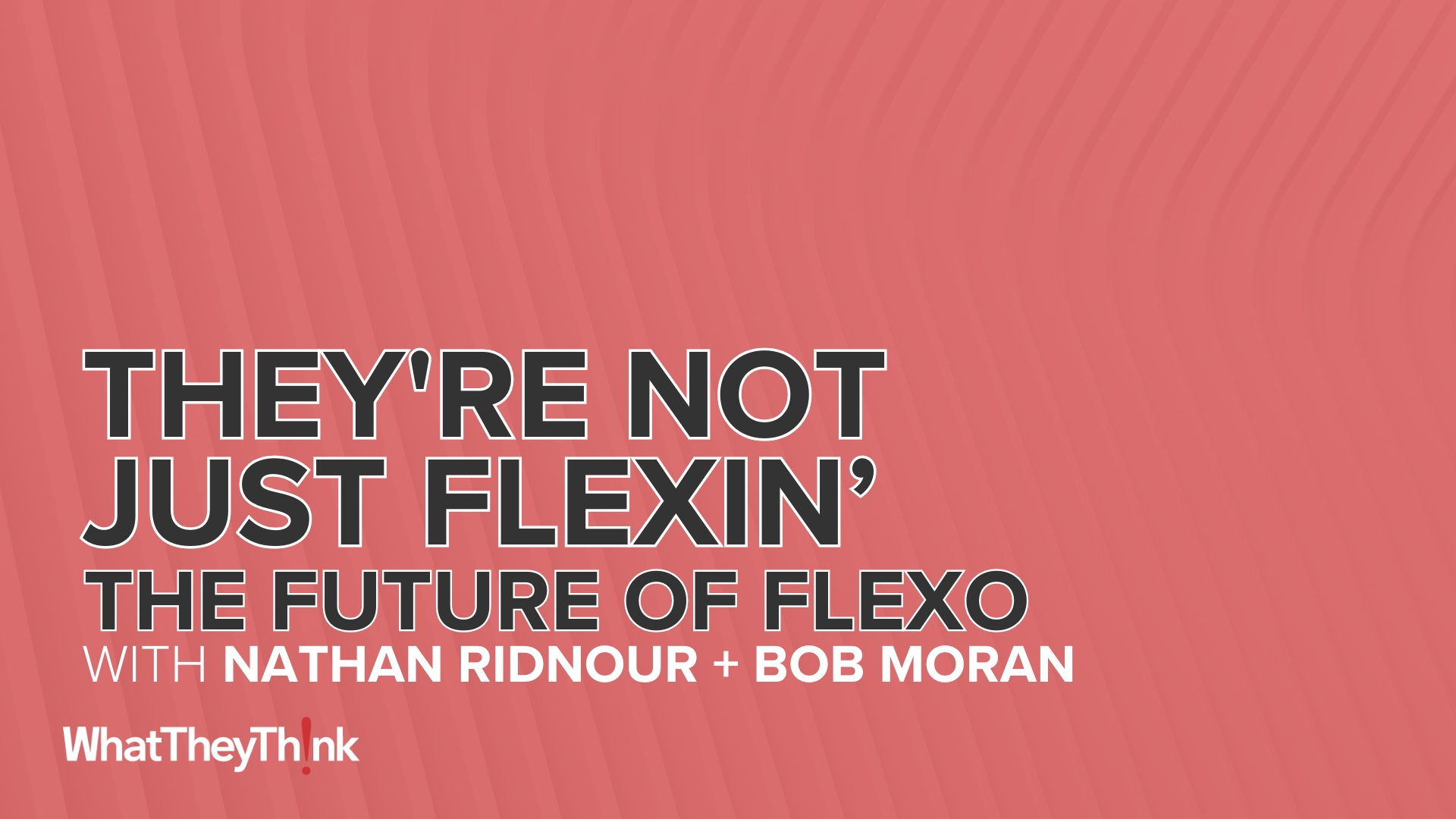Frank Romano: Now most people don’t know Dave Swang. You’ve seen his writing, but you see a lot of what he does in the products that are sold by the industry. Dave is one of the most prominent people in the area of standards. You travel around – how many standard meetings do you go to a year?
Dave Swang: Not, to some, not enough; to my wife, too many. But I – even if I don’t go to the meetings I am very vocal and participate in many standard’s bodies including the GEM Work Group, which I am the Chairman, as well as CGATS and ISO TC 130 and I participate remotely in a few of them because it’s very important for the industry.
Frank Romano: It is and we know that standards are important yet some companies support them and some companies don’t support them. Because everyone wants to have sort of that secret sauce that makes their system different from anyone else’s system.
Dave Swang: It’s actually very; it’s very funny because I travel all over the world. I go to many different plants and people think that somehow what they do is secret and special but when the reality is that short of maybe five percent of different in what people do and how they do it, they’re all about the same. People do it more effectively, more efficiently potentially, but one of the things that standards does is that standards actually allow you to achieve a much more optimized state of production without having to do all the R&D to get there because we’ve already done it.
Frank Romano: And so you and I know the importance of standards and the average person can’t buy a standard. What they do is they buy a system that allows it to use standards.
Dave Swang: Absolutely. You don’t buy standards, you actually pay for it indirectly when you buy a product because most of the vendors, well, most of the larger vendors support standards development and send people to the meetings to help develop these things. And as they do, they implement those standards within their products or their systems, kind of like JDF. You know, JDF was kind of more of a specification and a standard, but if you think about it, right now many of the products you buy, as a matter of fact the new machines that you buy and the MIS systems all have JDF inside them, if you will, that actually facilitate the connection, the communication between all the different chains of processes that go on in a production environment and even the business operations as well. So that type of thing actually facilitates a lot more efficiency.
Now, that doesn’t mean that if you bought it, you’re automatically efficient because you actually have to use it, you have to, in many cases, know that you’ve either turned on certain features or functions or that you’re following certain procedures and processes. Color management is a perfect example. Color management is a theory, a philosophy, as a technology has been around since the early ‘80’s, at least independent color management. And if you look at what’s out there and the fact that there are standards and standard characterizations out there, standard ways to calibrate the machines that you’re using, if you don’t take advantage of that you’re probably suffering. So you should be using them.
Frank Romano: That’s right. So, cheers to standards. David, thank you very much.
Dave Swang: Thank you, Frank.

 Official camera partner of WhatTheyThink and the drupa daily.
Official camera partner of WhatTheyThink and the drupa daily. 












